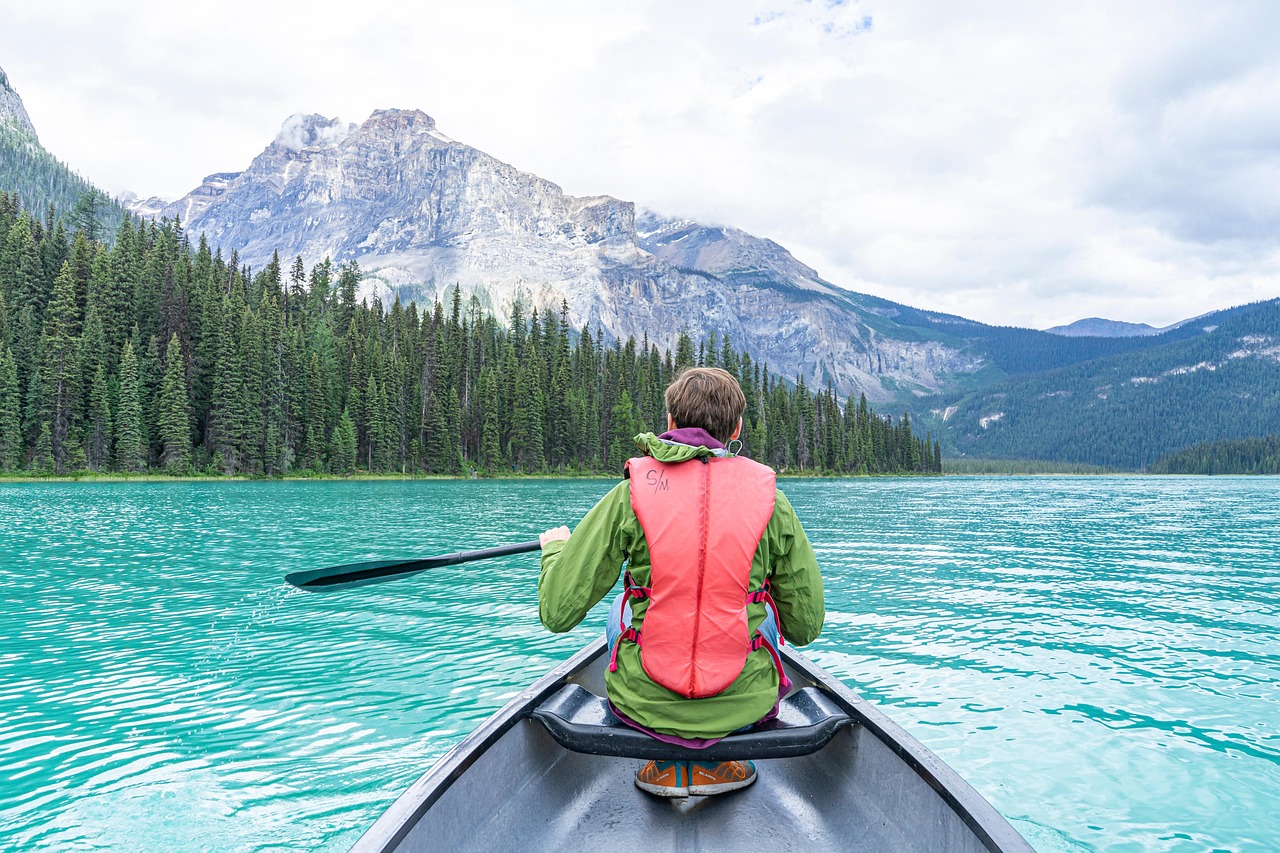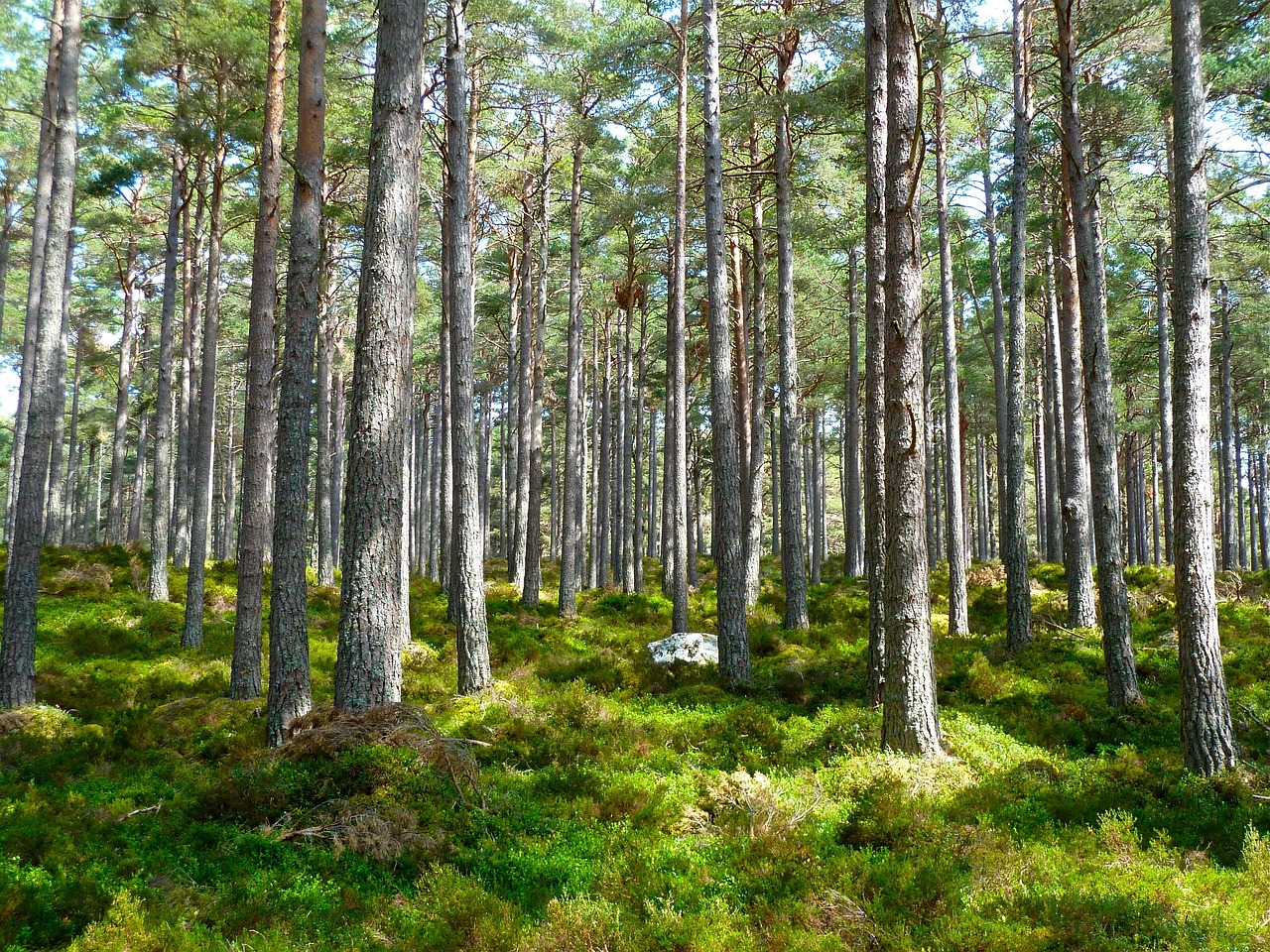Summary
The Boundary Waters Canoe Area Wilderness Act of 1978 was a landmark piece of environmental legislation aimed at protecting one of the most pristine and heavily visited wilderness areas in the United States. Located in northeastern Minnesota, the Boundary Waters Canoe Area (BWCA) encompasses over a million acres of forests, lakes, and streams along the U.S.-Canada border. This act reinforced wilderness protections, clarified usage rules, and set a framework for managing both environmental conservation and recreational access.
Wilderness Designation and Boundaries
The act formally designated the BWCA as part of the National Wilderness Preservation System under the Wilderness Act of 1964. This gave it the highest level of federal protection. It prohibited commercial activities such as logging and mining, ensuring the area would remain undeveloped and preserved for future generations.
The legislation also defined a separate “mining protection area” adjacent to the wilderness. This area was protected from future mineral development and resource extraction to prevent environmental degradation near the BWCA’s borders.
Motor Use and Access Rules
To protect the natural quiet and wilderness character of the BWCA, the act imposed specific limitations on motorboats, snowmobiles, and aircraft landings. However, it allowed continued use of motors on certain lakes where traditional access had long been permitted. Some lakes were placed under temporary motor use until later reviews.
Floatplane landings were banned, and existing motorized portages were reduced. These regulations aimed to reduce environmental impacts while accommodating some long-standing visitor access.
Logging and Timber Harvesting Ban
Commercial logging was permanently banned within the BWCA. Previously, timber harvests had occurred in parts of the area under earlier management plans. The act ended this practice, prioritizing ecological preservation over resource extraction. Logging was also prohibited in the mining protection area to maintain the buffer zone around the wilderness.
Cooperative Management and State Jurisdiction
Although federally managed by the U.S. Forest Service, the act emphasized cooperation with the State of Minnesota. It preserved the state’s jurisdiction over fish, wildlife, and water regulation within the BWCA and nearby lands. Federal regulations could be enforced jointly with state authorities, and state law could still apply in non-federal zones inside the protected area.
The act also clarified that existing treaties and civil or criminal jurisdiction of the state were not to be affected by this legislation.
Infrastructure and Dam Maintenance
The law permitted continued maintenance of the Prairie Portage Dam, which controls water levels between Birch and Basswood Lakes on the international boundary. Other water control structures could also be maintained if necessary for public safety or wilderness values.
Recreation Outside the Wilderness
Recognizing that the new restrictions could limit certain types of recreation, the act directed the Forest Service to expand recreational opportunities outside the wilderness. This included building new snowmobile trails, remote campsites, lake access points, and parking areas to support motorized and traditional outdoor use.
A system of hiking, backpacking, and cross-country ski trails was also authorized—both inside and outside the BWCA—providing new low-impact recreational options.
Support for Local Communities and Businesses
The act acknowledged the economic impact of new restrictions on resorts, outfitters, and tourism-related businesses. It authorized technical and financial assistance programs to help these businesses adapt to the changes. The University of Minnesota’s Agricultural Extension was also funded to provide training and support for economic development aligned with wilderness values.
Education and Accessibility Programs
A key provision required the Forest Service to create educational programs for BWCA users. These would help visitors understand the purpose of wilderness preservation and how to responsibly enjoy the area. The law also directed the development of outdoor programs for people with disabilities, expanding access to wilderness experiences for all.
Management Planning and Funding
The act mandated a comprehensive management plan for the BWCA to be completed by 1981. The plan would detail how to balance conservation goals with recreation, enforcement, and public involvement.
Importantly, the act delayed funding authorizations until October 1, 1979, ensuring time to develop the required frameworks. No funds or agreements could proceed without Congressional appropriations.
Legacy of the Act
The Boundary Waters Canoe Area Wilderness Act of 1978 stands as one of the most significant legal protections ever granted to a U.S. wilderness area. It resolved longstanding debates over logging, mining, motorized access, and recreation in the region. The law preserved the area’s wild character while allowing for regulated access, cooperation with the State of Minnesota, and support for nearby communities.
The Boundary Waters Canoe Area Wilderness has since served as a model for wilderness stewardship, offering solitude, scenic beauty, and immersive natural experiences made possible through the protections established in this act.


